Hot Holiday Tamales
Christmas tamale-making 101: Scenes from a Texas tamalada
I sprinkled salt, pepper, and chili powder over the ball of masa in a bowl in front of me, then kneaded it with my bare hands. Flores Soliz spooned the juice from steeped chiles into the bowl, and I worked the hot liquid in. The masa took on a nice color and the consistency of warm peanut butter. Soliz assured me it was ready.
The Witte Museum in San Antonio holds La Tamalada, an art-of-tamale making class, every year before the Christmas holidays. Under the tutelage of Soliz, an authentic comadre — literally "godmother," but here also meaning a fellow female member of the community — I made a half a dozen, pretty darn tasty bean tamales.
A tamalada is a significant Latino tradition, says Sarita Rodriguez, an educator at the museum: “Everyone comes together as a family and makes tamales and passes on traditions. I sat with my mother every year and gossiped, and those are my memories. Coming together as a family is the important part.”
Tamales, typically served on Christmas Eve in Mexico and the United States, are part of a rich suite of Latino Christmas traditions.
Women started wrapping meat in masa in Guatemala as early as 1200 BC, and Aztecs served them to the Spaniards in the 1550s, so tamales have a long history. Variations are found throughout Latin America, from corn-husk wrapped tamales containing pork, chicken, beans, cream cheese and sweet fillings such as cinnamon and nuts in Mexico to tamales wrapped in banana leaves in El Salvador, Honduras and Colombia. In Guatemala, tamales made with rice flour are a holiday treat, and in Panama, tamales are served at all special occasions.
“Get creative and make them with anything you like,” Rodriguez says. “That’s the beauty of tamales.”
Our group worked in a large room at the museum, on tables covered with bright plastic. Once our masa was the right consistency, we selected six corn husks, not too large or too small. Husks come dry and brittle and must be soaked in hot water for about 10 minutes before use. They have a rough and a waxy side, and the filling is put on the waxy side to make unwrapping easier once the tamales are cooked.
Holding a corn husk in my hand with the smaller end pointing away from me, I spread masa over the half closest to me, then placed a spoonful of seasoned beans in the middle. I folded over one third of the husk from one side, and a third from the other, then folded the smaller end back. I tied two thin strips of corn husk together and tied that strip around the tamale. These ties can be used to identify different fillings inside tamales, or just as a nice finishing touch.
Our tamales went inside a large pot and were steamed for about 30 minutes. When women make large quantities of tamales, as many as 10 dozen in one enormous pot, they may steam for an hour and a half.
At the Witte tamalada, our tamales came out of the pot fragrant and steaming — and very tasty.
Tamales, typically served on Christmas Eve in Mexico and the United States, are part of a rich suite of Latino Christmas traditions, which include elaborate nacimientos, or nativity scenes; Los Posadas, when people go from house to house re-enacting Joseph and Mary's seeking a place to stay; and Los Pastores, plays where angels and devils battle over shepherds looking for baby Jesus. One year my family spent Christmas with my brother in Monterey, Mexico, and my then 7-year-old son got to play one of the devils. Probably one of his all-time holiday highlights.
At the Witte tamalada, our tamales came out of the pot fragrant and steaming — and very tasty. I was amazed I’d made something that not only looked like a tamale is supposed to look (and didn’t fall apart when unwrapped) but tasted like it should as well. Cost for La Tamalda is $15 for Witte members and $25 for nonmembers.
San Antonio also stages a festival, Tamales at Pearl, where more than two dozen vendors sell tamales of every kind — bean and cheese, pork, chicken, meat with jalapeños, organic masa tamales, vegetarian. The city's old Pearl Brewery has become a mixed-used development of lofts, shops, restaurants and a Culinary Institute of America, and the grounds are elaborately decorated for the festival, with three live music stages. The event offers great people-watching, a practically unlimited selection of tasty tamales and an opportunity to pick up unique gifts for the holidays. Admission is free for Tamales at Pearl; tamales range from $1 to $4 each, with additional offerings such as empanadas, baked goods, and hot and cold drinks (including beer).
It’ll be tough to decide next year whether to make my own tamales or feast upon those at the festival. Perhaps I’ll do both.
If you can’t wait until next year but aren’t brave enough to try tamales on your own, San Antonio’s La Gran Tamalda, a community tamale-making party at the Guadalupe Theater, is Sat Dec 14, from 11 am until 2 pm.
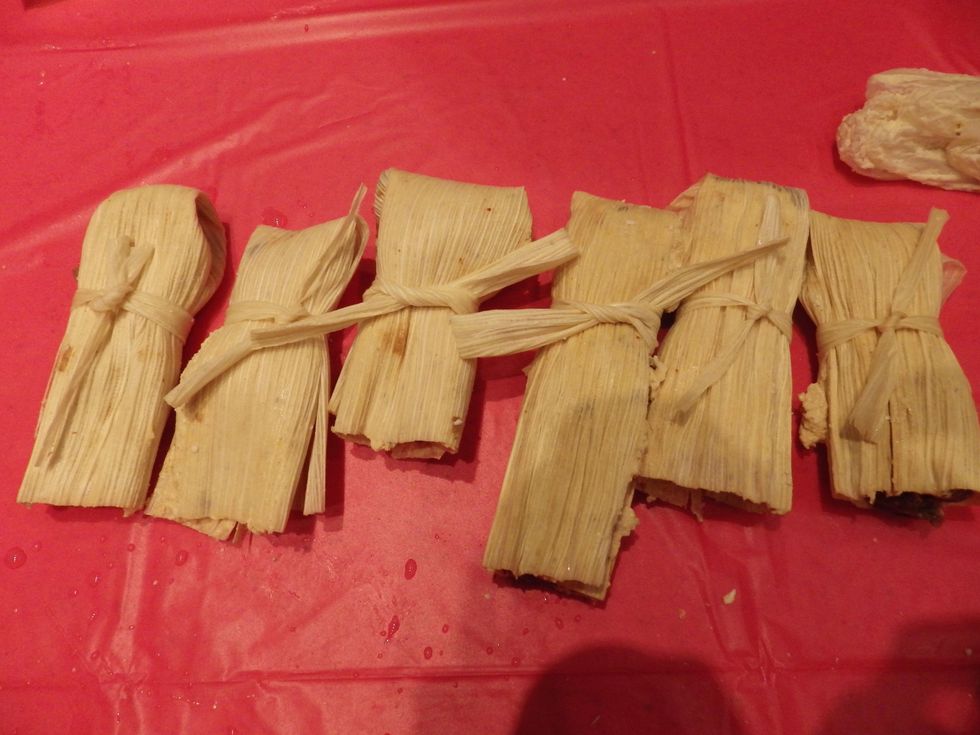

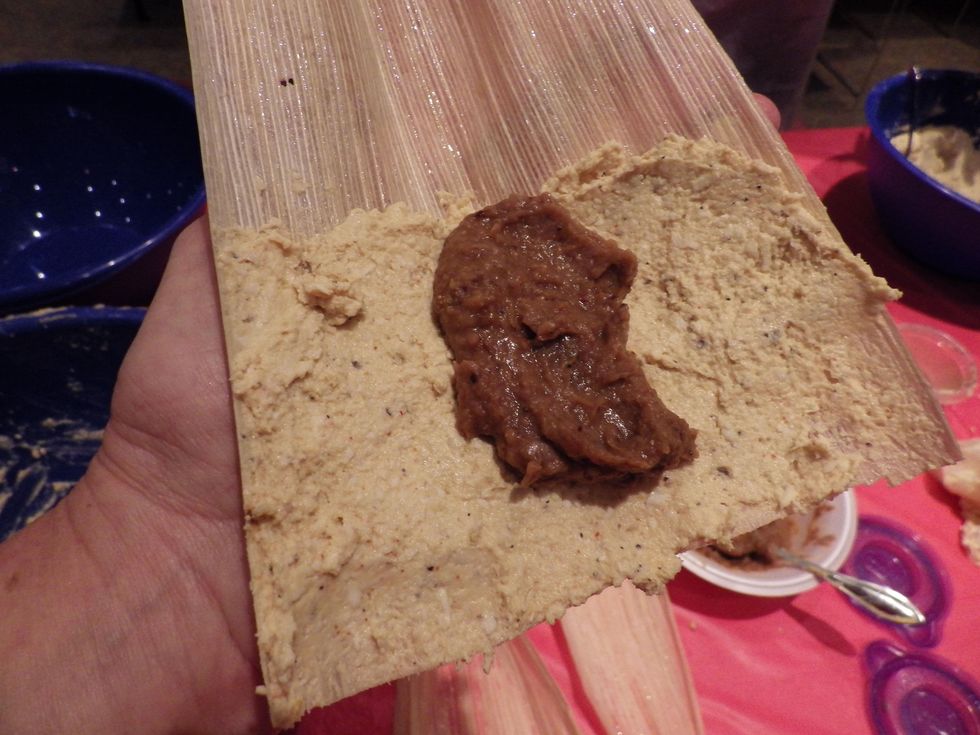

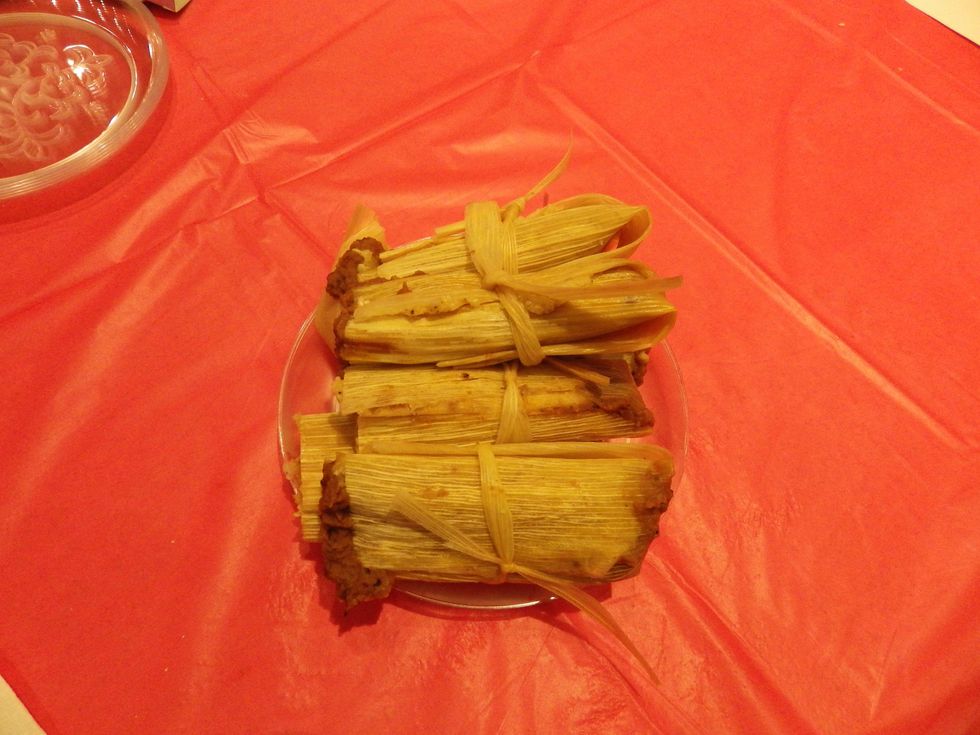
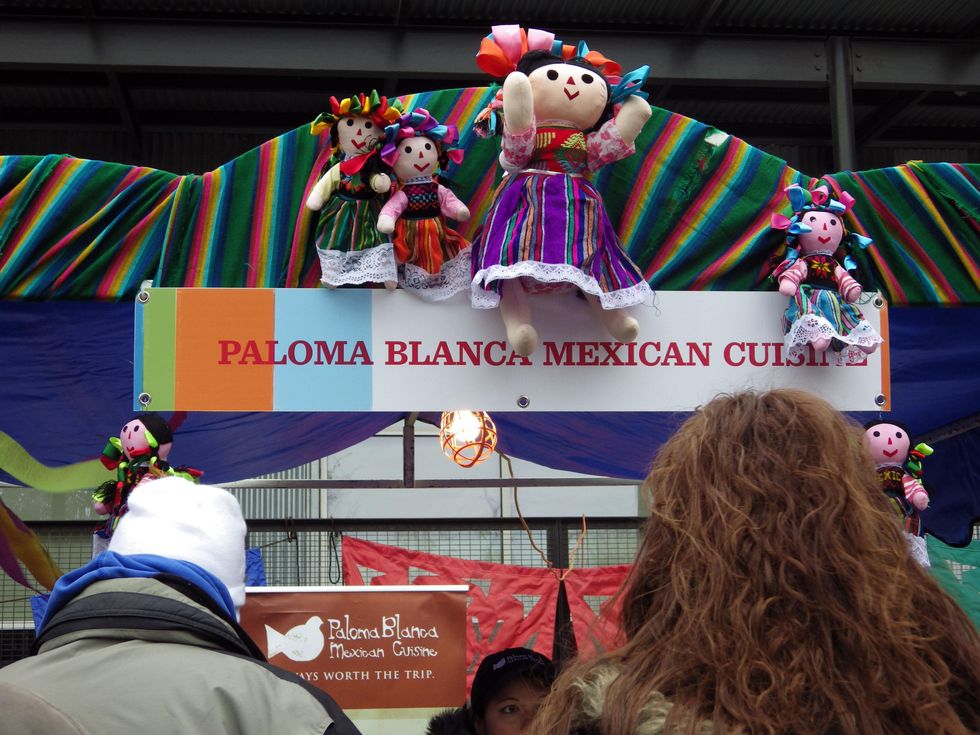

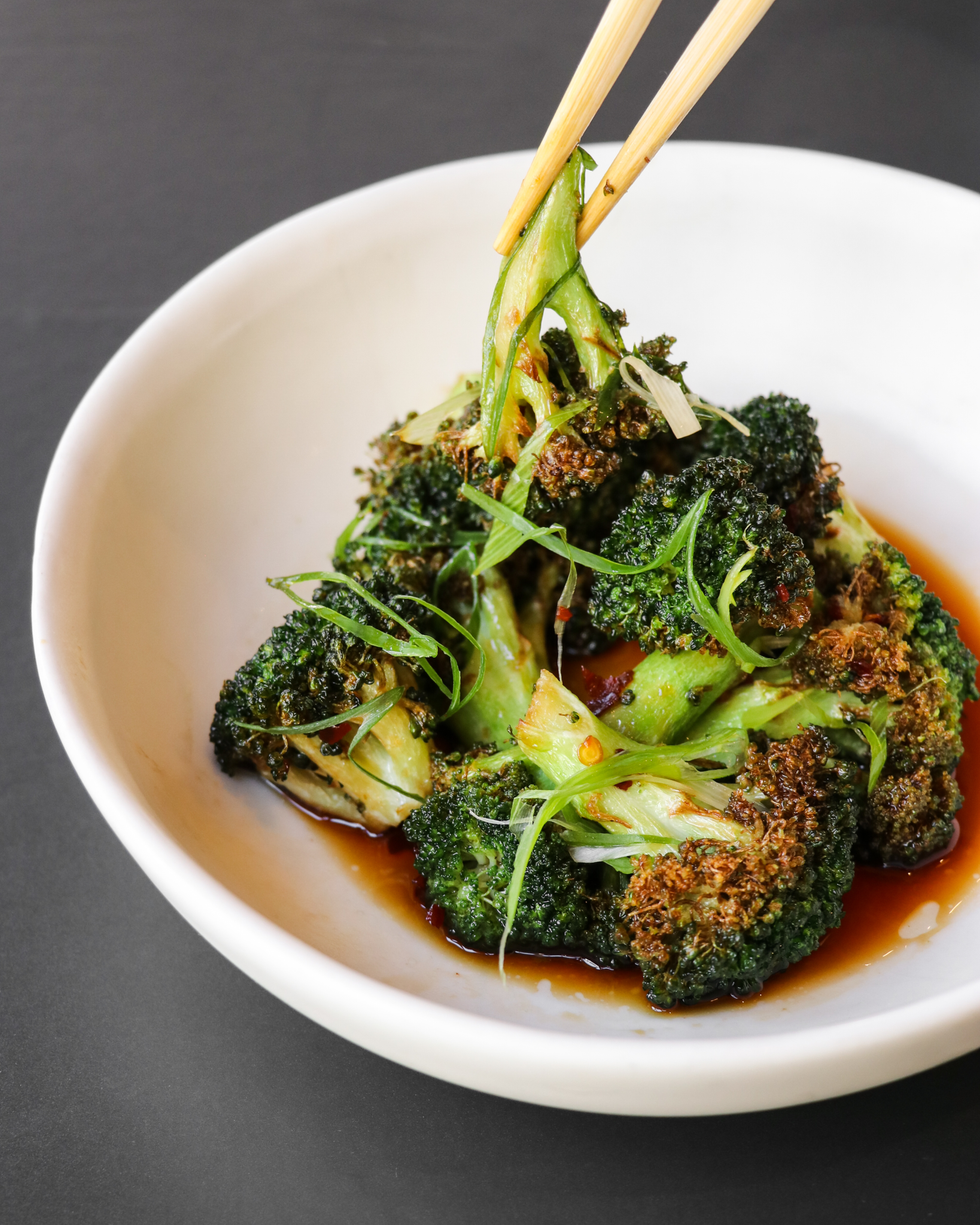 Dinner will include this simple but savory broccoli dish, along with several other courses. Photo courtesy of Ramen Hood
Dinner will include this simple but savory broccoli dish, along with several other courses. Photo courtesy of Ramen Hood The Nido Lounge at the Loren Hotel Austin. Photo from thelorenhotels.com
The Nido Lounge at the Loren Hotel Austin. Photo from thelorenhotels.com